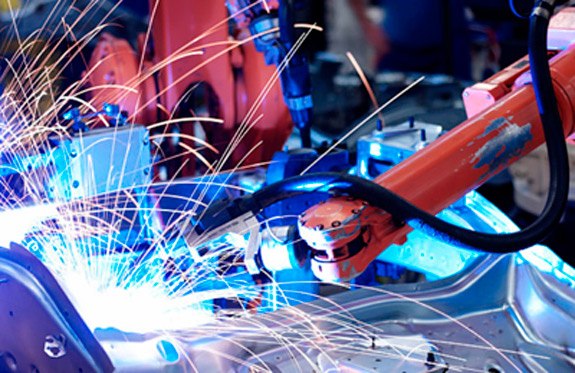Centrifugal water pumps are widely used in automobile engines. Its basic structure is composed of water pump housing, connecting plate or pulley, water pump shaft and bearing or shaft-connected bearing, water pump impeller and water sealing device and other parts. The automotive water pump is the driving force for the flow and circulation of cooling water in the cooling system.
The engine drives the water pump bearing and impeller to rotate through the pulley. The coolant in the automotive water pump is driven by the impeller to rotate together, and is thrown to the edge of the water pump shell under the action of centrifugal force, while generating a certain pressure, and then flows out from the outlet channel or water pipe. The pressure at the center of the impeller decreases due to the coolant being thrown out, and the coolant in the water tank is sucked into the impeller through the water pipe under the action of the pressure difference between the pump inlet and the center of the impeller to realize the reciprocating circulation of the coolant.
The bearings that support the water pump shaft of an automobile are lubricated with grease, so it is necessary to prevent the coolant from leaking into the grease to cause emulsification of the grease, and also to prevent the grease from leaking. The sealing measures for auto electric water pump to prevent leakage include water seals and gaskets. The water seal dynamic seal ring and the shaft are installed between the impeller and the bearing through interference fit, and the water seal static seal seat is tightly pressed on the casing of the water pump to achieve the purpose of sealing the coolant.
The water pump housing is connected to the engine by a gasket and supports moving car cooling system parts such as bearings. There is also a drain hole on the automotive water pump housing, which is located between the water seal and the bearing. Once the coolant leaks through the water seal, it can be released from the drain hole to prevent the coolant from entering the bearing cavity, which will damage the bearing lubrication and component corrosion. If coolant still leaks after the engine is stopped, the water seal is damaged.
Generally driven by the crankshaft of the engine through a V-belt. The transmission belt is looped between the pulley of the crankshaft and the pulley of the water pump. When the crankshaft turns, the shaft of the water pump will also rotate, and the shaft of the water pump will drive the impeller to rotate, thereby realizing the conversion of mechanical energy into hydraulic energy.
The impeller is the core of the work of the automotive water pump. The movement of the impeller itself is very simple, it just rotates with the shaft. However, due to the action of the blades, the movement of the liquid in the impeller is very complicated; on the one hand, it moves with the rotation of the impeller, and on the other hand, it is continuously thrown out from the rotating impeller driven by the blades, that is, the movement relative to the impeller. Therefore, the outer diameter of the impeller, the height and angle of the impeller blades, and the gap with the pump casing directly affect the performance of the pump.
